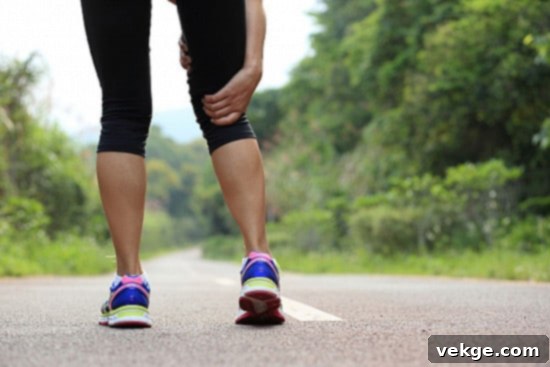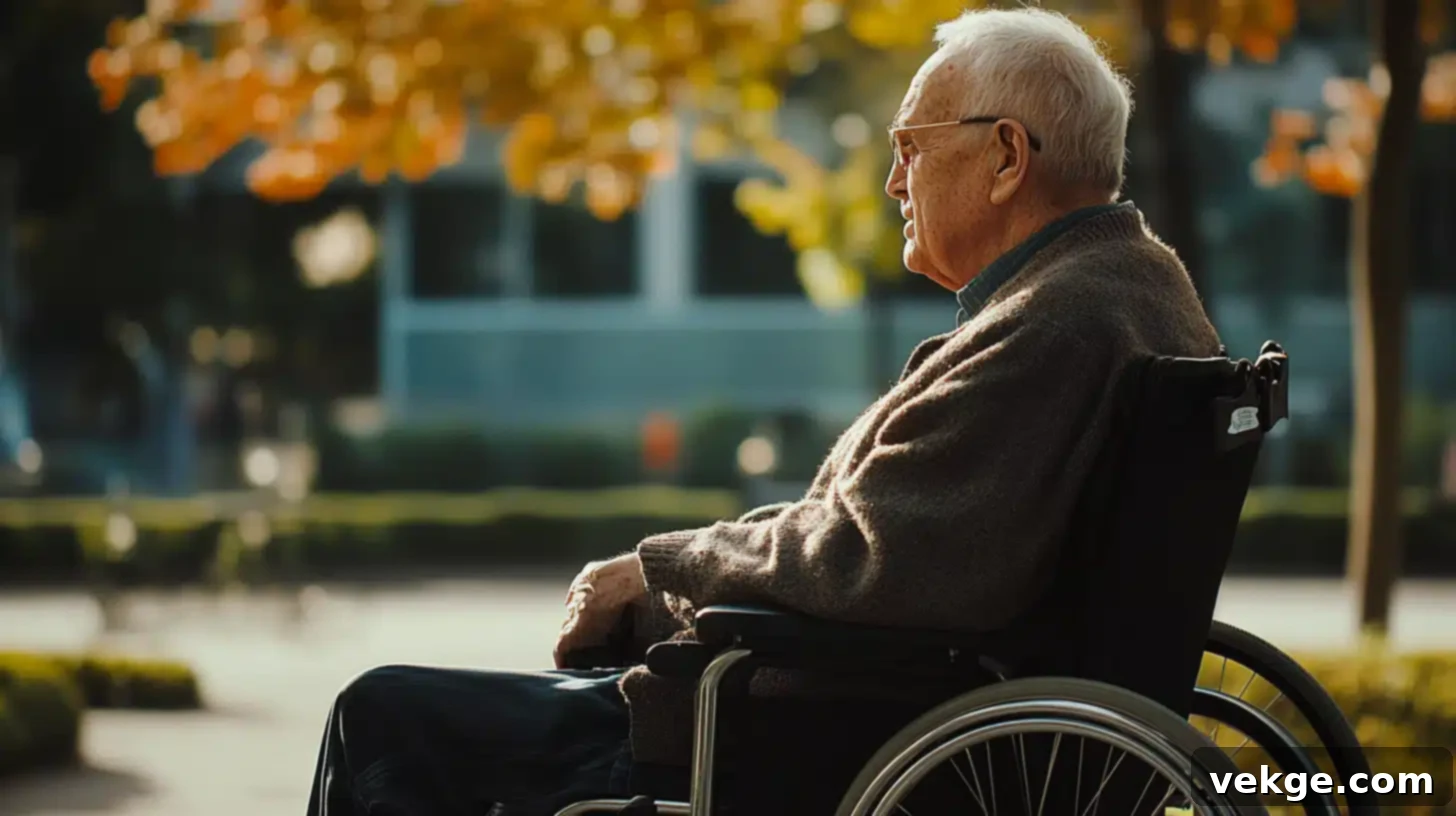When to Consider a Mobility Aid: Essential Signs for Enhanced Independence and Safety
As we navigate the journey of life, particularly as we age or confront unforeseen physical challenges, maintaining mobility often becomes a central concern. The desire to preserve our independence and manage daily tasks without constant assistance is deeply ingrained. However, acknowledging when to seek support and identifying the right mobility aid can be a pivotal step, significantly enhancing your quality of life, comfort, and safety.
Modern mobility aids, such as mobility scooters, offer much more than just physical support; they open doors to increased freedom, confidence, and continued engagement with the world around you. Understanding when to introduce a mobility aid into your life is crucial. Delaying this decision can sometimes lead to preventable injuries, increased strain, or a diminished sense of well-being. If you or someone you care about is experiencing growing difficulties with movement, it may be the ideal moment to explore the diverse range of mobility solutions available. This article will guide you through the key indicators that suggest it’s time to consider a mobility aid, helping you make an informed and proactive choice.
Frequent Falls or Near-Misses: A Critical Warning Sign

One of the most undeniable and urgent signs that a mobility aid is becoming a necessity is the occurrence of frequent falls or a pattern of precarious near-misses. As our bodies age or due to various medical conditions, our sense of balance and coordination can naturally decline. This deterioration significantly elevates the risk of falling, which, even in a single instance, can lead to severe injuries. For older adults, in particular, where bone density might be lower and bones more brittle, a fall can result in fractures, head trauma, and other debilitating conditions that drastically impact independence and recovery.
Beyond the physical injuries, the fear of falling itself can be profoundly limiting. Many individuals who have experienced falls or feel unsteady begin to restrict their activities, avoiding going out, walking around the house, or even simple tasks. This self-imposed limitation can lead to social isolation, a decline in physical fitness, and a reduction in overall mental well-being. If you frequently find yourself feeling unsteady while walking, reaching for furniture or walls for support, or experiencing moments where you almost lose your balance, these are clear indicators that a mobility aid could provide the essential stability and confidence you need.
A simple cane can offer light support for minor balance issues, while a walker or rollator provides more comprehensive stability, spreading your weight and offering a sturdy frame to lean on. Rollators, equipped with wheels and often a seat, are particularly beneficial as they combine support with the ability to rest when needed, allowing you to maintain a more active and safer lifestyle by preventing falls before they happen. Prioritizing your safety with the right mobility equipment is a crucial step towards preserving your independence and preventing serious harm.
Increased Fatigue When Walking: Conserving Your Energy for Life
Mobility aids aren’t exclusively for those with severe mobility impairments; they are also invaluable for individuals experiencing a noticeable decline in endurance. Many people begin to realize that their stamina isn’t what it once was, finding themselves becoming unusually fatigued after walking short distances, struggling to navigate around their home, or feeling utterly exhausted after running errands that used to be effortless.
Persistent fatigue when undertaking activities that were once easy can signal that your muscles are working overtime to maintain balance and movement. It can also point to underlying medical conditions such as arthritis, heart conditions, respiratory issues, or chronic pain, all of which can profoundly affect your capacity for physical activity. Feeling out of breath, experiencing muscle or joint pain, or needing to sit down frequently due to sheer tiredness are strong indicators that your body is expending excessive energy on basic movements. This constant energy drain can severely limit your participation in hobbies, social events, and daily chores, impacting your overall well-being.
Introducing a mobility aid like a lightweight walker with a built-in seat or a compact mobility scooter can be a game-changer. These aids allow you to conserve your energy, enabling you to travel longer distances, complete daily tasks, and participate in social activities without experiencing debilitating exhaustion. By reducing the physical strain, you can sustain an active and engaged lifestyle, preventing the need to choose between essential tasks and your overall health and energy levels. Imagine reclaiming your evenings after a day of errands, having the energy to enjoy family time, or simply moving around your home with greater ease and comfort.
Difficulty Standing For Long Periods: Regaining Comfort and Participation

Another prevalent challenge signaling a need for support is the inability to stand comfortably for extended durations. Whether it’s preparing a meal in the kitchen, browsing the aisles of a supermarket, attending a social gathering, or simply waiting in line, standing for more than a few minutes can lead to significant pain, discomfort, or even dizziness. This limitation can be particularly frustrating for those who enjoy cooking, pursuing hobbies, or engaging in social activities that involve standing, forcing them to miss out on valuable experiences.
The strain on your lower body – including your feet, knees, hips, and back – from prolonged standing can be immense, leading to exacerbated pain from conditions like arthritis or poor circulation. If you find yourself consistently seeking out places to sit, leaning on counters, or avoiding activities because of the discomfort associated with standing, it’s a clear sign that a mobility aid can provide much-needed relief. This discomfort often leads to a cycle of reduced activity, which can further weaken muscles and stiffen joints, making the problem worse over time.
Mobility aids such as canes, which offer a point of balance and reduce weight on one leg, or rollators with comfortable seats, are excellent solutions. These tools significantly reduce the physical strain on your body, allowing you to move through your day with greater ease and comfort. Imagine being able to enjoy a family gathering, leisurely shop, or pursue your passions without the constant worry of pain or fatigue from standing. This increased ability to stand and move comfortably translates directly into greater participation in life’s moments, enhancing your mental and emotional well-being alongside your physical capabilities.
Pain When Walking: Alleviating Discomfort, Promoting Movement
Chronic pain in your joints, legs, hips, or feet during and after walking is a compelling indicator that a mobility aid could provide substantial relief and enable continued movement. Many conditions, including various forms of arthritis (osteoarthritis, rheumatoid arthritis), degenerative joint disorders, fibromyalgia, and neuropathy, can make the simple act of walking incredibly painful and challenging. This pain often leads to a vicious cycle: individuals reduce their activity levels to avoid pain, which in turn can weaken muscles, stiffen joints, and worsen overall physical condition and posture.
The primary benefit of a mobility aid in this context is its ability to help you redistribute your body weight and reduce the direct pressure on painful areas. For example, a cane can offload weight from a painful hip or knee, while a walker provides broader support, allowing your upper body to assist in propulsion and balance, thereby easing the burden on your lower limbs. This shift in weight distribution can significantly alleviate discomfort, making walking less arduous and more enjoyable. By reducing the pain, you are empowered to move more freely and confidently, improving your quality of life.
By reducing pain, mobility aids encourage more frequent and comfortable movement. This sustained activity is vital for maintaining joint flexibility, muscle strength, and cardiovascular health, ultimately preventing further deterioration and allowing you to remain active and engaged in your community. Don’t let chronic pain dictate your life; explore how an aid can transform your walking experience and allow you to move more freely, supporting your long-term health and independence.
Reduced Independence: Reclaiming Your Freedom and Autonomy
Perhaps one of the most disheartening signs that it’s time for a mobility aid is a noticeable decline in your personal independence. If you’ve observed an increasing reliance on family members, friends, or caregivers for tasks that you once managed effortlessly—such as grocery shopping, running errands, social outings, or even simply moving around your own home—it’s a strong signal to consider assistive devices. While it can be emotionally challenging to acknowledge a need for assistance, embracing the right mobility tool can, paradoxically, be the key to fully regaining your cherished independence and self-reliance.
Mobility aids are ingeniously designed to cater to a vast spectrum of needs, offering tailored support that restores autonomy. From the understated yet effective support of a basic cane, which assists with minor balance issues, to the robust stability of a walker, the versatile functionality of a rollator, and the profound freedom offered by advanced power wheelchairs and mobility scooters for longer distances, there’s a solution for every level of mobility challenge. These tools empower you to take control of your life again, enabling you to perform daily activities with confidence and without constant reliance on others.
Instead of scaling back your life, cancelling plans, or relying on others for transportation, a mobility aid allows you to actively participate in the activities you cherish. Imagine being able to visit friends, attend community events, navigate shops, or explore parks at your own pace and on your own terms. This renewed sense of freedom extends beyond just physical movement; it profoundly impacts your mental well-being, fostering self-esteem, reducing feelings of isolation, and strengthening social connections. Embracing a mobility aid is not a concession; it’s an assertion of your right to an active, independent, and fulfilling life, allowing you to continue making your own choices and living on your own terms.
Conclusion: Embracing Mobility Aids for a Better Quality of Life
Recognizing the pivotal signs that indicate it’s time to consider a mobility aid is a proactive and empowering step toward maintaining your independence, significantly reducing the risk of injury, and dramatically enhancing your overall quality of life. Whether your primary concern is improving your endurance for daily tasks, preventing dangerous falls, alleviating persistent pain, or simply regaining the autonomy to live life on your own terms, the diverse world of mobility aids offers tailored solutions to suit your specific needs and lifestyle.
It is paramount to consult with a qualified healthcare professional, such as a doctor, physical therapist, or occupational therapist. They can provide an accurate assessment of your condition, offer personalized recommendations, and help you determine which type of mobility aid—be it a cane, walker, rollator, mobility scooter, or powerchair—is best suited for your unique physical requirements and daily activities. Their expertise will ensure that you select an aid that not only provides effective support but also promotes safety, comfort, and long-term well-being.
Ultimately, choosing to use a mobility aid should never be viewed as a sign of defeat or a surrender to limitations. On the contrary, it is a testament to your resilience and a forward-thinking decision to invest in your ongoing comfort, safety, and cherished freedom. By embracing these innovative tools, you are taking control of your mobility journey, ensuring you can continue to engage with the world, pursue your passions, and live a life filled with independence, vitality, and renewed confidence.
